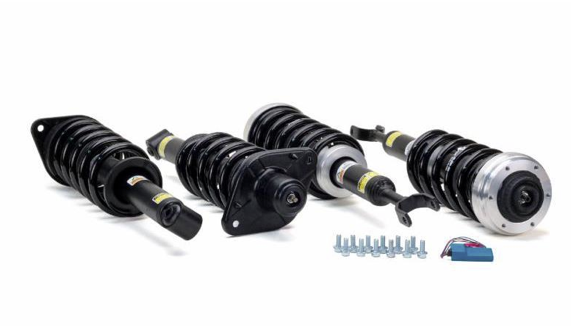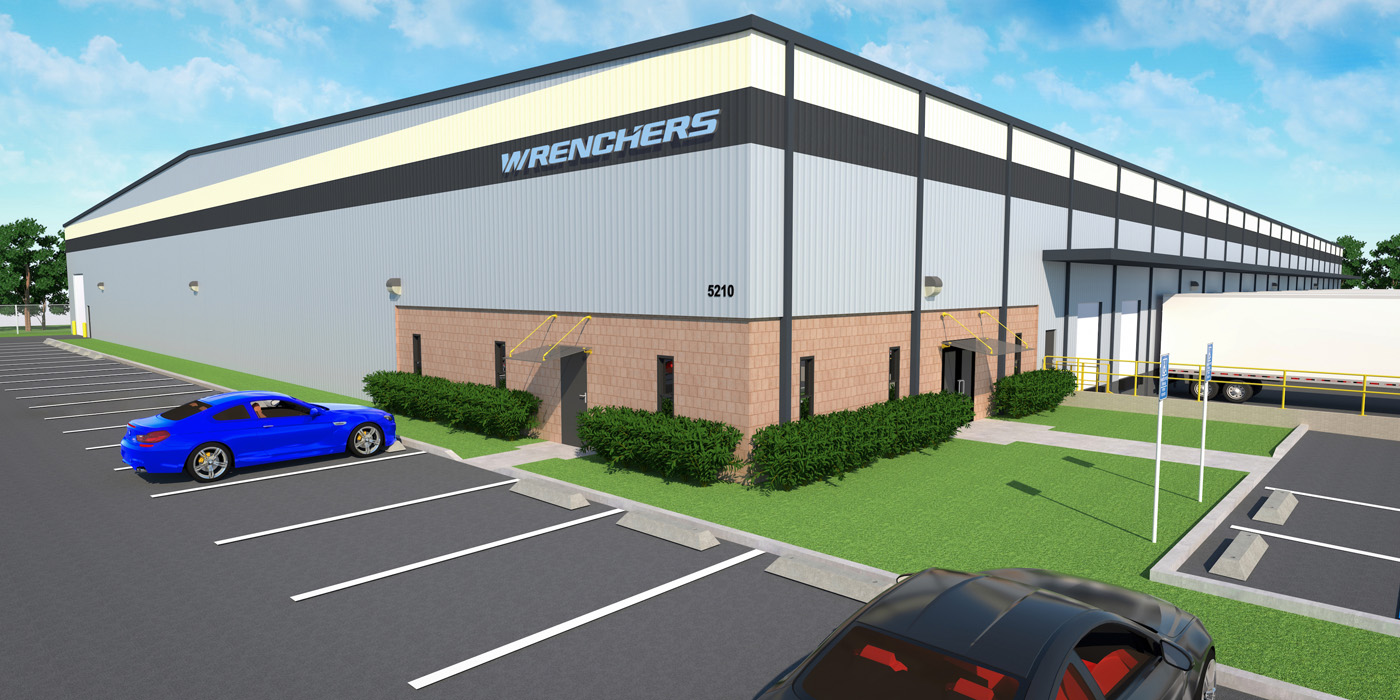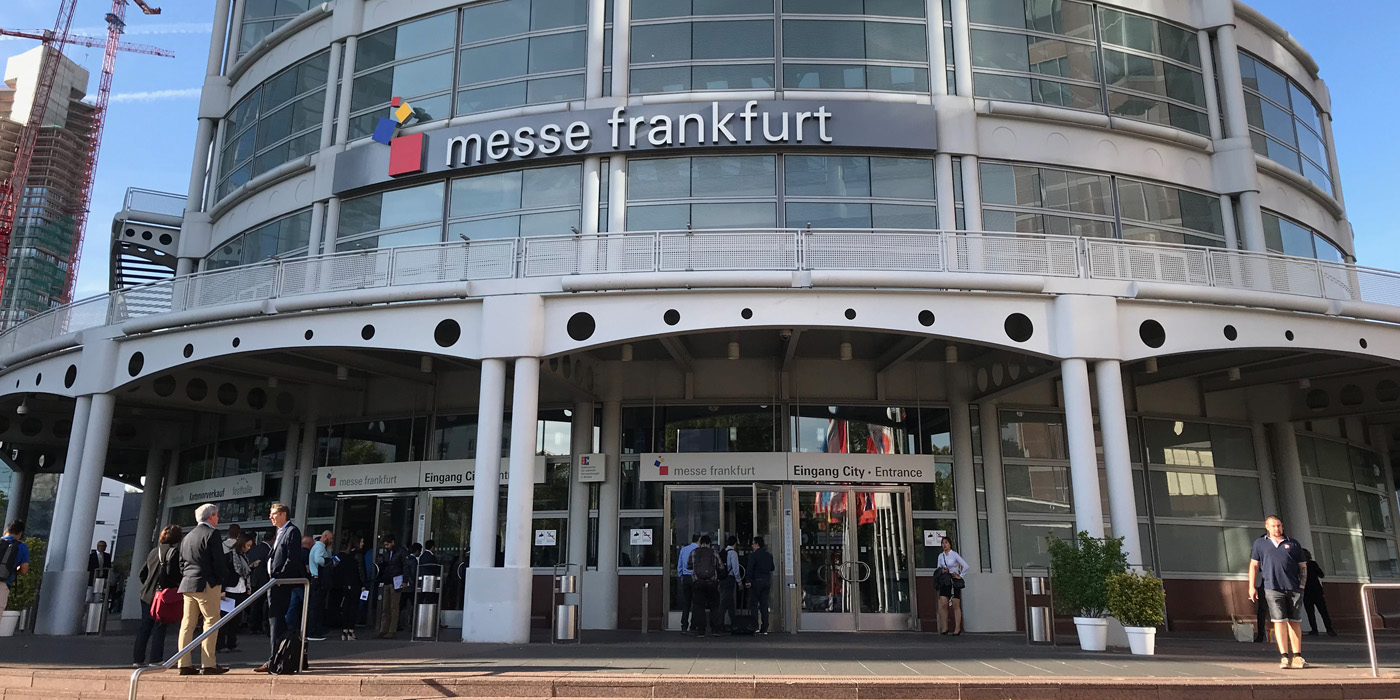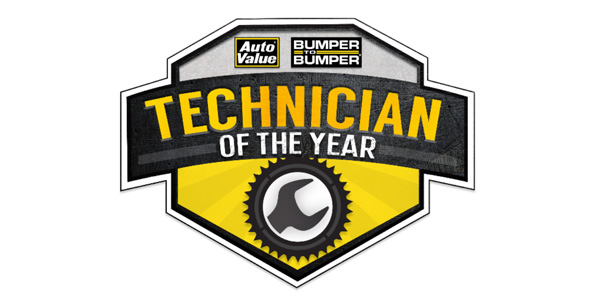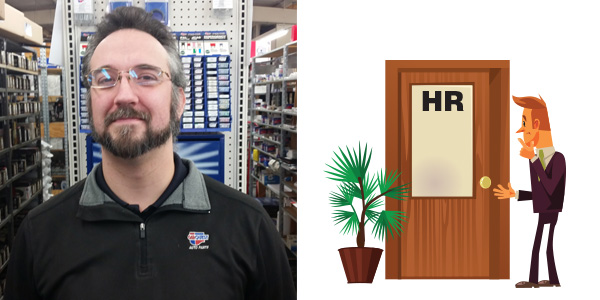ORLANDO, Fla. — Adapting to change is something the automotive aftermarket must embrace if it’s going to keep doing battle to keep its share of the marketplace, John Washbish, CEO and president of Aftermarket Auto Parts Alliance told a packed house at the organization’s tri-annual convention general session in Orlando Thursday.
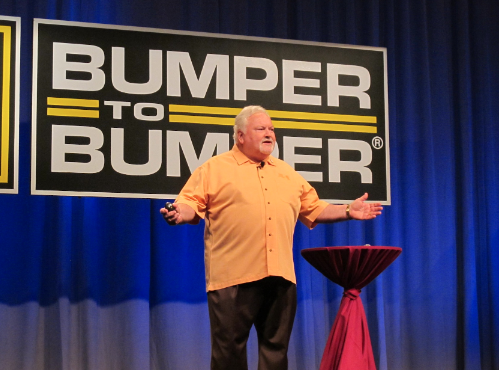 When he started at the Alliance nearly four years ago, 22 percent of the organization’s staff were employed in information technology. “Now that number is 48 percent,” he said. “We’ve got some real IT magic happening at Alliance headquarters.”
When he started at the Alliance nearly four years ago, 22 percent of the organization’s staff were employed in information technology. “Now that number is 48 percent,” he said. “We’ve got some real IT magic happening at Alliance headquarters.”
To illustrate his point, he showed a chart where one human year is equal one-and-half elephant years; a human year equals seven dog years; and one human year equals 11 technology years. “Why’s this important? You’ve got to stay current. You can’t fall behind,” he said. “The rate of change makes it challenging to stay ahead.”
The Alliance has been doing just that. In 2007, it began building its proprietary data warehouse. “But there’s more to the data warehouse than just having it,” he said. “It’s the tools you use to mine it” of which the Alliance has many, such as its Inventory Optimization Tool (IOT).
“It’s like having your own crystal ball,” Washbish said, one that works at the distributor level, jobber level and service center level. In addition, the Alliance’s “My Place for Parts” takes eCommerce to another level, he said. It features Google’s search engine and the information is kept proprietary to the Alliance. No one outside the organization has access to the information, he said.
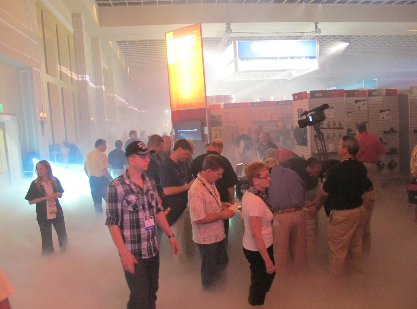 On to other topics, Washbish asked the audience what is causing motorists pain right now. "The price of petroleum," he said. “Where is the price of gas headed and what does it do to everyone in our everyday market? It affects miles driven. There’s no doubt about it. It affects the entire aftermarket sales chain.”
On to other topics, Washbish asked the audience what is causing motorists pain right now. "The price of petroleum," he said. “Where is the price of gas headed and what does it do to everyone in our everyday market? It affects miles driven. There’s no doubt about it. It affects the entire aftermarket sales chain.”
There are bright spots, however. The OEM dealerships are struggling, mostly due to lower vehicle sales.
“I think this is a lot of good news for us on the aftermarket side,” he said. Bay counts for dealers are decreasing, he said. There’s been a net close of 28,000 bays since 2007, which is going to drive more cars and trucks to our doors, he said. “The odds say we should get the repair business most of the time.”
Brands drive an overwhelming number of product purchases, Washbish said, and it’s no different in the automotive aftermarket. “Who is the Aftermarket Auto Parts Alliance?” he asked. "We’re best known by our store brands, Auto Value and Bumper to Bumper.”
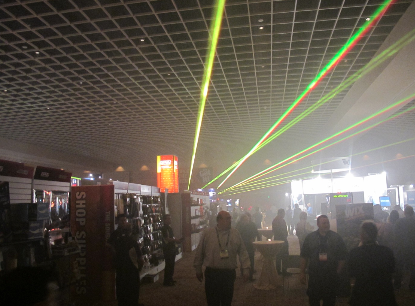 “Brands are so important,” he said. “When you recognize a brand, it’s because it means something to you.” Washbish believes all attendees should seek to make sure their customers become ambassadors for their businesses.
“Brands are so important,” he said. “When you recognize a brand, it’s because it means something to you.” Washbish believes all attendees should seek to make sure their customers become ambassadors for their businesses.
With a total of 53 shareholder-members in North America, Eastern Europe, Western Europe and the Middle East, “You’re part of a really large, global group,” he said.
On Wednesday night, attendees were treated to an opening reception and vendor expo that had a rock concert feel to it, complete with fog machines, music and a laser light show. During a break in the action, Counterman magazine spoke to Washbish about how attendees can maximize their time at the conference.
“I think our objective is to make them better,” he said. “I hope because they came, they’re going to do a better job in their business, whatever that may be — running a parts store or a certified service center.”
Thursday’s general session began with songs from the Edgewater High School Marching Band and Color Guard, which performed the American and Canadian national anthems.
During the course of the conference, the Alliance will be giving away a total of $50,000, sponsored by Federal-Mogul. Attendees of the conference have a 1 in 29 chance of winning money.
The Alliance’s “Aftermarket Magic” convention, which opened Wednesday and ends Friday, will feature 34 seminars, informative product exhibits, exciting giveaways, motivational speakers and dynamic entertainment.
Meet the January ‘Guess the Car’ Champion: Jake Myers
The correct answer for the January contest was the Toyota C-HR.
Every month, Counterman’s “Guess the Car” contest challenges our readers to solve an automotive riddle, for a chance to win $100. And each month, we receive hundreds of responses from aftermarket professionals trying to guess the model of the vehicle depicted.
The correct answer for the January contest was the Toyota C-HR. (The illustration showed a man approaching a door with the letters “HR” on it.)
AACF Applications Increase 90 Percent in Wake of Wildfires
The Camp Fire destroyed 14,000 residences, displaced thousands and left more than 80 dead and hundreds missing.

Purolator Launches Summer Mail-in Rebate Promotion for Air Filters
The promotion will run through Aug. 31 for all Purolator air and cabin air filters.
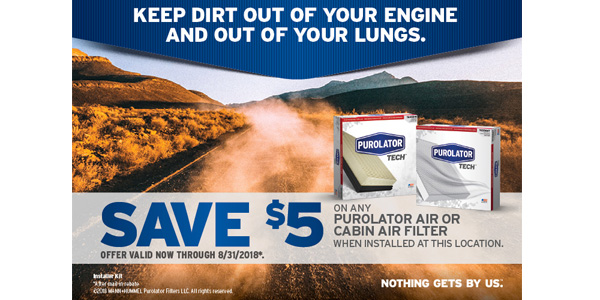
Epicor To Demonstrate Augmented Reality eCatalog At AAPEX In Las Vegas
This “Catalog of the Future” enables users to perform inspections, visualize parts and labor information and order replacement components from the service bay, the company says.
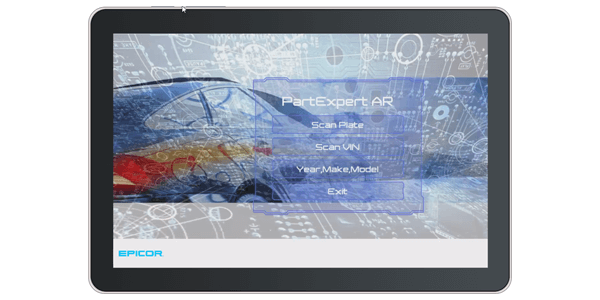
Continental Expands Popular Asian, European And Domestic Coverage For VDO Brushless HVAC Motors
The company has added more than 30 new SKUs to its VDO Brushless HVAC Motors line, expanding the company’s coverage to include Audi, Cadillac, Chevrolet, Dodge, Ford, Infiniti, Lexus, and Toyota automobiles and light trucks for model years 2011-’17.
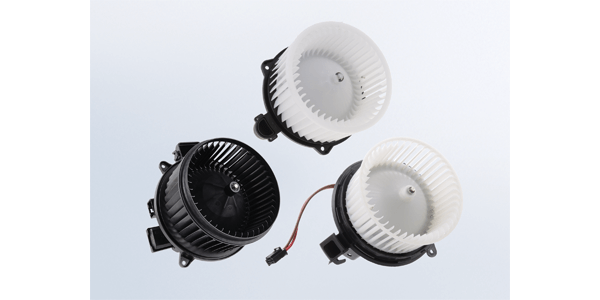
Other Posts
OttoFran And Vast-Auto Family Hold 2017 Annual Convention
The Vast-Auto and OttoFran marketing and sales team held various workshops during which the latest market information, the new banners programs, marketing campaigns and the action plan for 2017-2018 were presented.
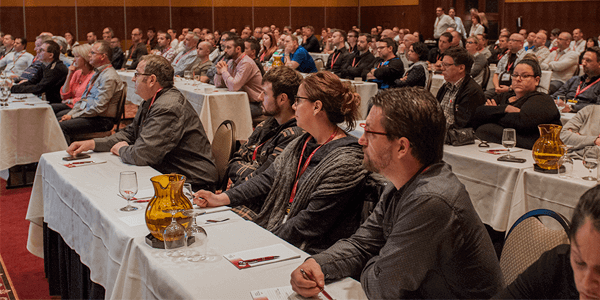
Streamlight Introduces Rechargeable KeyMate USB Flashlight
With an off/off button for constant operation, the KeyMate USB has three modes: high (35 lumens); low (16); and strobe (flashes at high lumen level). Featuring LED technology for extreme brightness, the light provides a run time of one hour on high and two hours in both the low and strobe modes.
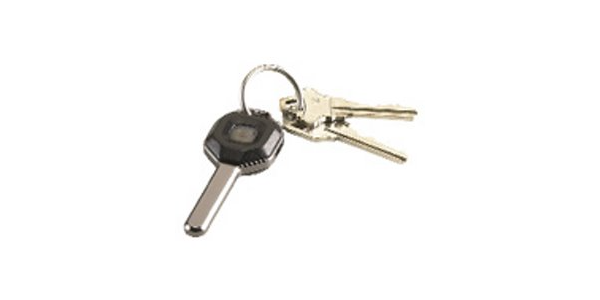
All-New Ford Expedition Redefines Full-Size SUVs with Adaptable Interior, Smart Technology for Every Occupant
DALLAS–(BUSINESS WIRE)–For today’s active families, Ford introduces the all-new Expedition – the smartest, most capable and most adaptable Expedition ever – with technology to keep every passenger connected, more power for drivers, and more expected towing capability than any other full-size SUV. Related Articles – Coil Conversion Kit For 2001-’05 Audi A6 And Audi allroad
Coil Conversion Kit For 2001-’05 Audi A6 And Audi allroad Quattro
For ride quality, the kit includes new custom-valved, application-specific shock absorbers. The Audi front coil spring assemblies include new upper mounts, Arnott says.
